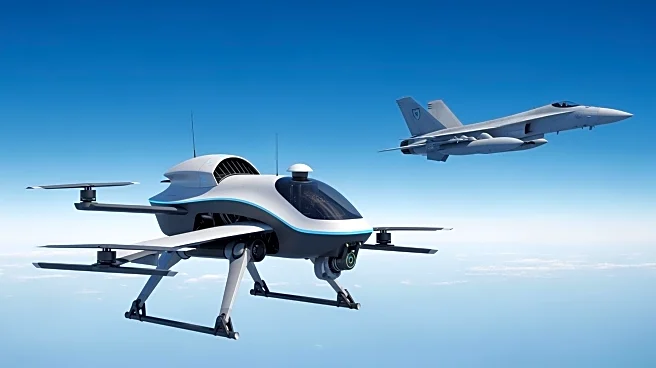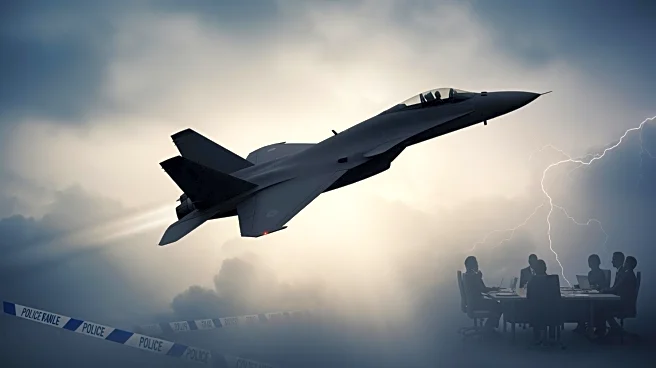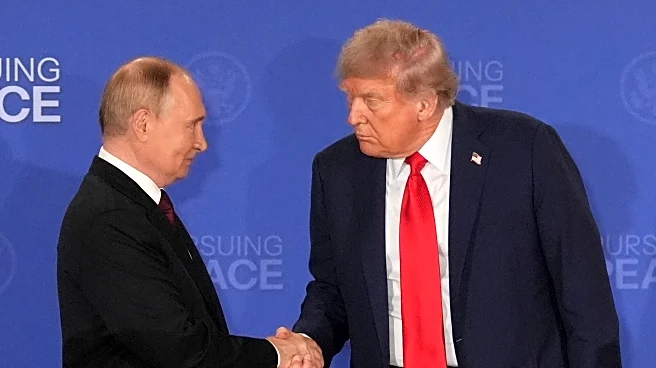What's Happening?
The Netherlands has signed a letter of intent to join the U.S. Air Force's Collaborative Combat Aircraft (CCA) program, aiming to enhance its fleet of F-35 fighter jets. This partnership is part of a broader effort to strengthen the country's defenses
and drone technology. The agreement allows the Netherlands access to the CCA program, enabling data sharing and input for European requirements. Additionally, the Netherlands has signed an agreement with General Atomics to develop new small unmanned aircraft systems for intelligence, surveillance, and reconnaissance. This collaboration comes amid increased drone activity across Europe, with drones disrupting communications during a Dutch military exercise in Poland.
Why It's Important?
The partnership between the Netherlands and the U.S. Air Force is significant as it addresses immediate security threats posed by Russia's ongoing war in Ukraine and the increasing drone activity in Europe. By joining the CCA program, the Netherlands aims to bolster its defense capabilities and contribute to the collective security of NATO allies. The collaboration with General Atomics also highlights the importance of developing affordable and versatile unmanned systems that can penetrate defense bubbles and provide diverse ISR and strike capabilities. This move strengthens transatlantic defense ties and supports the integration of defense industries across Europe and the U.S.
What's Next?
The Netherlands' involvement in the CCA program is expected to lead to the development and deployment of new drone technologies in the European theater. The collaboration with General Atomics will focus on producing small drones with ISR capabilities, potentially entering service by next year. As the partnership progresses, both nations will explore opportunities to jointly develop, test, and evaluate CCA technologies, enhancing interoperability across allied air forces. The agreement also opens pathways for U.S. defense companies to expand their market presence in Europe, aligning with the continent's push for greater defense spending and indigenous technology development.















